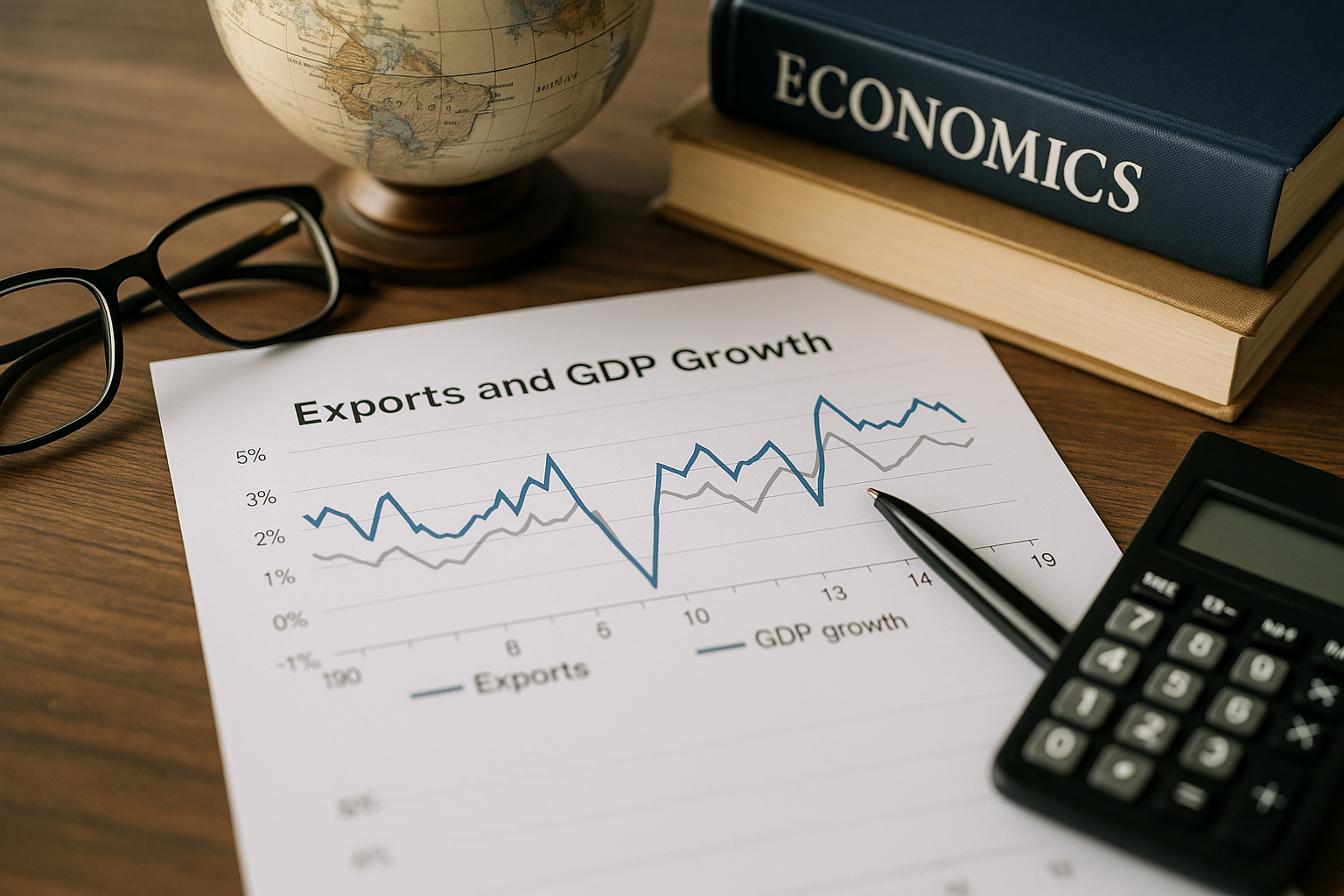Exports and innovation drive economic growth in EAC and SADC, but trade openness may hurt
The export-led growth hypothesis (ELGH) asserts that export expansion is a key driver of economic development. While this concept has long been validated in Asian economies such as China, South Korea, and India, its applicability in Africa remains contested. This study seeks to test the hypothesis within the regional blocs of EAC and SADC by examining panel data from 22 countries spanning 1990 to 2022.

A new empirical investigation confirms that exports and technological progress are critical to long-term economic growth in Africa’s East African Community (EAC) and Southern African Development Community (SADC).
Published in the journal Economies under the title “Empirical Re-Investigation into the Export-Led Growth Hypothesis (ELGH): Evidence from EAC and SADC Economies,” the study provides robust statistical evidence supporting the export-led growth hypothesis while also revealing critical structural weaknesses that limit sustainable development.
Are Exports Still Africa’s Engine for Growth?
The export-led growth hypothesis (ELGH) asserts that export expansion is a key driver of economic development. While this concept has long been validated in Asian economies such as China, South Korea, and India, its applicability in Africa remains contested. This study seeks to test the hypothesis within the regional blocs of EAC and SADC by examining panel data from 22 countries spanning 1990 to 2022.
Using a dynamic panel estimation technique, System Generalised Method of Moments (System GMM), the researchers assess whether exports significantly influence real GDP while controlling for capital, labour, technology, foreign direct investment (FDI), and trade openness. The model also incorporates interaction terms to capture how FDI and exchange rates condition the effectiveness of exports.
The results strongly affirm ELGH for both blocs. Exports are found to have a statistically significant and positive effect on GDP, reinforcing the idea that trade is a pathway to economic growth. However, trade openness, surprisingly, has a negative effect on GDP. This suggests that the benefits of liberalisation are not guaranteed and may expose fragile economies to volatility in global markets unless buffered by adequate institutional and infrastructural support.
Bidirectional Granger causality tests further validate the ELGH: not only do exports Granger-cause economic growth, but economic growth also Granger-causes exports. This cyclical relationship underscores the need for policies that simultaneously support export expansion and economic productivity.
Why are labour and FDI not fueling growth?
While exports and technology play significant roles in driving growth, the study reveals that labour and FDI remain statistically insignificant contributors. Labour, although abundant in most EAC and SADC economies, contributes little to growth, suggesting widespread underemployment, poor skill alignment, and low productivity. This points to a systemic need for human capital development through education and vocational training.
Similarly, the anticipated positive effect of FDI on economic growth fails to materialize in this context. Despite increased capital inflows, the lack of absorptive capacity, institutional inefficiencies, and poor domestic linkages appear to prevent FDI from stimulating local economies. These findings challenge the conventional development policy that treats FDI as a universal panacea and highlight the importance of complementary reforms that ensure foreign capital translates into local development benefits.
Moreover, interaction effects between FDI and exports also yield statistically insignificant results. This suggests that foreign investments are not substantially boosting the productivity of export-oriented sectors, at least not in the short term. Structural issues such as corruption, regulatory bottlenecks, and infrastructure deficits likely diminish FDI's effectiveness as a catalyst for growth.
What does this mean for trade policy in Africa?
The negative effect of trade openness on GDP raises critical concerns. While opening up to global markets is traditionally seen as a growth enabler, this study finds that premature or unmanaged liberalisation may do more harm than good. Vulnerability to external shocks, such as global recessions or commodity price fluctuations, can erode the potential benefits of open trade, especially in economies with weak institutional structures and limited diversification.
Indeed, the study highlights that many EAC and SADC nations continue to rely heavily on primary product exports and remain marginal players in global value chains. This lack of diversification not only reduces export resilience but also limits the long-term benefits of trade. The authors argue that without significant technological upgrading and structural transformation, ELGH may lead to a growth trap rather than a sustained developmental pathway.
Technology, on the other hand, emerges as a consistent growth enhancer. Its positive and statistically significant coefficient supports endogenous growth theories, which posit that innovation, research, and skills development are central to sustained growth. This finding strengthens the case for policy interventions that go beyond trade liberalisation to include investments in research, education, and digital infrastructure.
The paper's diagnostic tests, such as the Sargan test and Wald test, affirm the robustness of the results. Additionally, the model successfully accounts for endogeneity and reverse causality, two common pitfalls in growth analyses. This strengthens confidence in the policy implications derived from the findings.
A policy roadmap for sustainable export-led growth
The study calls for a recalibration of export-led strategies within the African context. While exports and innovation are confirmed as engines of growth, their effectiveness depends on a supportive ecosystem involving human capital development, regulatory reforms, and infrastructural upgrades. Policymakers are urged to:
- Diversify export portfolios beyond raw commodities to include manufactured goods and high-value services.
- Strengthen technological capacity through R&D investment and digital transformation.
- Build human capital via improved education and vocational training systems.
- Manage trade liberalisation cautiously, ensuring that domestic industries are not prematurely exposed to global competition.
In the context of the African Continental Free Trade Area (AfCFTA), which aims to deepen trade integration across the continent, the study’s findings are particularly timely. They suggest that integration alone is not enough, African countries must also build internal capabilities to benefit from regional and global markets.
- FIRST PUBLISHED IN:
- Devdiscourse










